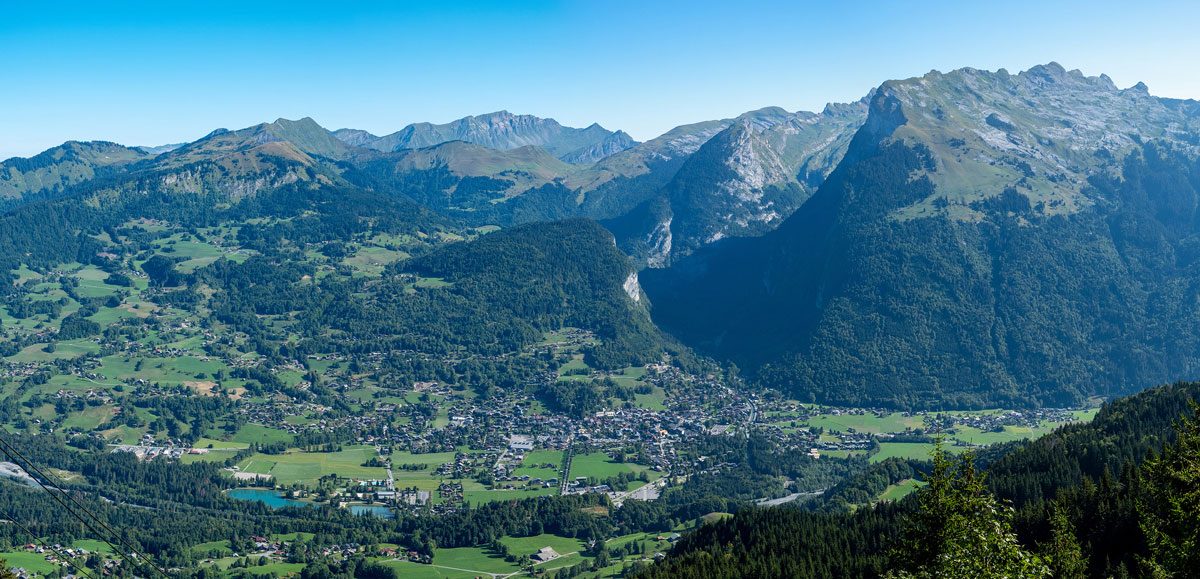
Whether it is a cow or a goat, everything started with milk in this alpine resort with its age-old tradition. Over time, breeders have diversified their activities and are now open to the public to publish their professions and their delicious products! Dating.
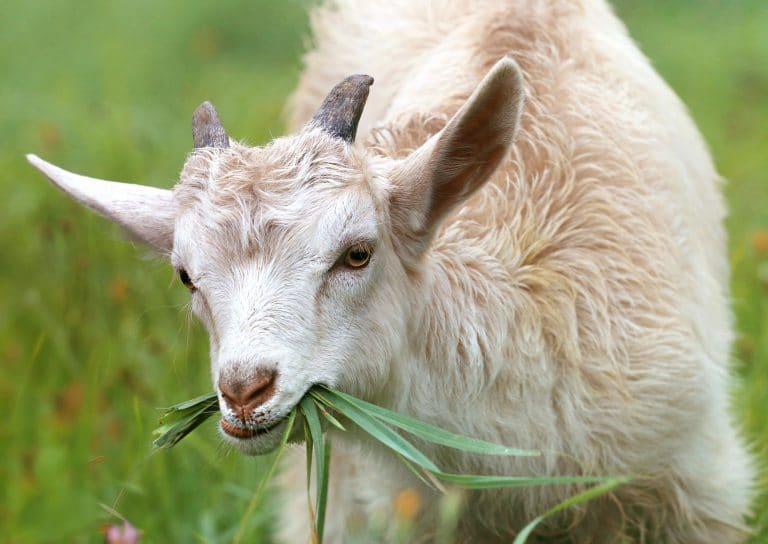
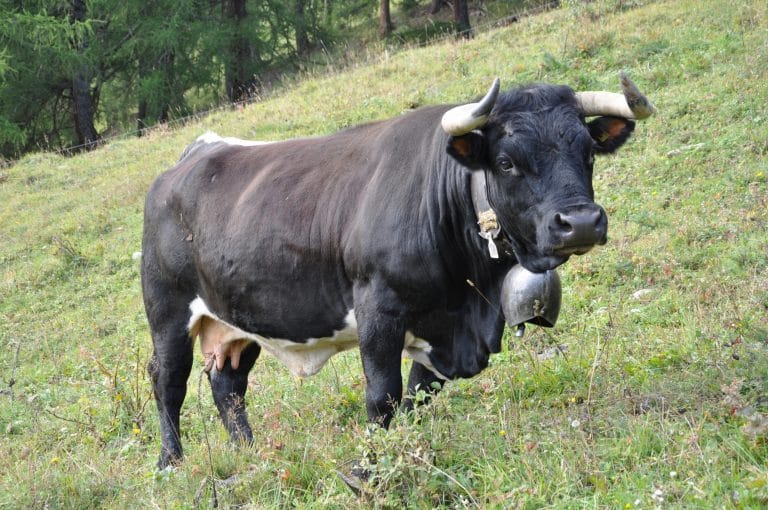
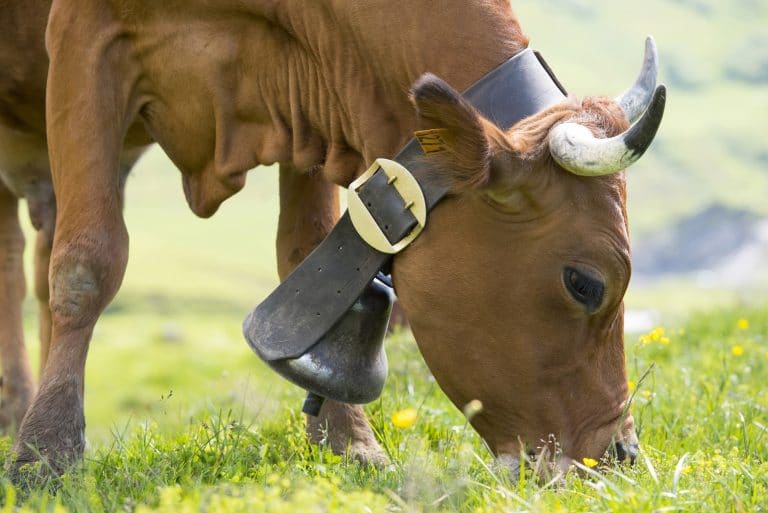
On the heights of the hamlet of Les Rots, the Entremont farm overlooks Mount Tuet and Criou. A setting for which Florent Dalla-Costa does not really have the time to dream, as the work of the breeder does. The day starts at 6.30 a.m. The farm manager, at the head of a herd of 70 goats, shares the day’s work with his employee Stephanie. The tasks vary depending on the season. In the building, between milking and making cheese, or in the village of Marnaz, during the hay season, for the work of the hay that will be brought to the animals. Goat care, farm cleaning, order preparation, market sales are also part of countless daily tasks. Tasty droppings, bricks, pyramids (natural, ash-gray or spicy) to the delicious tommettes (cheese from guard) everything is made on site according to the rules of the art. The milk – of which 48,000 liters are produced per year – is placed in a boiler or tank before bacteria are taken up. According to their qualities and with respect for an unchanging process, the cheeses are shaped, washed, deformed, salted and stored in a cellar from 8 days to 12 months.
This is the life of Florent Dalla-Costa if we stick to the image of Epinal. Because nowadays breeders are no longer folded on their farm, but offer public tours and tastings. And the locals and tourists do not hesitate to climb to the Rock by appointment, to dive for two hours in the daily La Ferme de l’Entremont and buy some cheese. “I am visiting Samoëns for 5 years. It is very important that if the breeders do not open their doors, people cannot understand our work”, the 30-year-old says, “breeder, cheese and commercial: three transactions in one and you have to do all three! “
A few kilometers away, in Vercland, we chose to stand out. In the land of Abondance cows, Bruce Favre-Bonvin breeds about fifty Hérens in the beautiful black dress on the Croës Canailles farm. Although this breed is of local origin, it is one of the few that owns it in the region. A rustic cow with a “lively and proud character”, the Hérens needs less food and veterinary care than Abundance. “His milk is less fat and richer in proteins, says the breeder, always with his cake (alpine beret). The casein is highly developed, with the same litter we do more products. But the milk production is smaller. The milk will be used to tommes, raclettes and mountain cheeses, as well as locally made sausages and dried meats The Croës Canailles farm also welcomes the public for visits and tastings, especially in winter, because in summer cows are in the Alps.
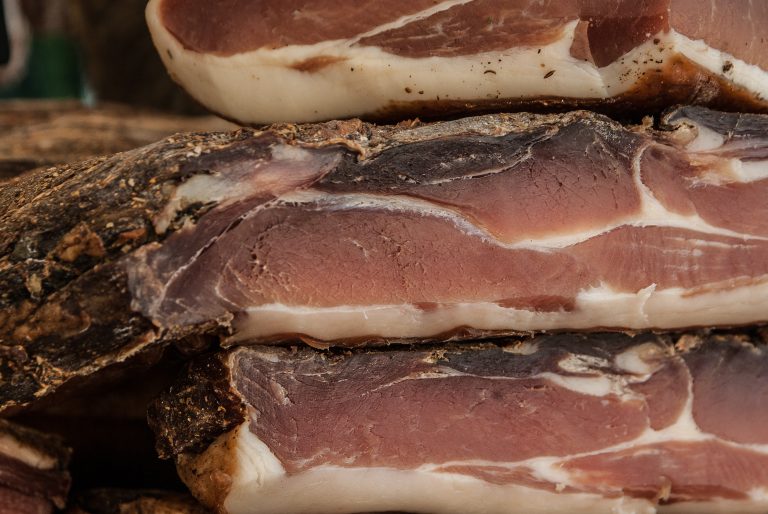
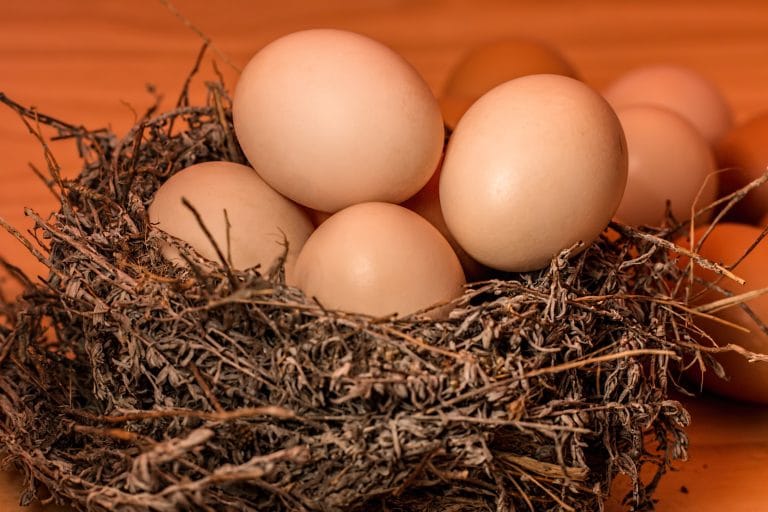
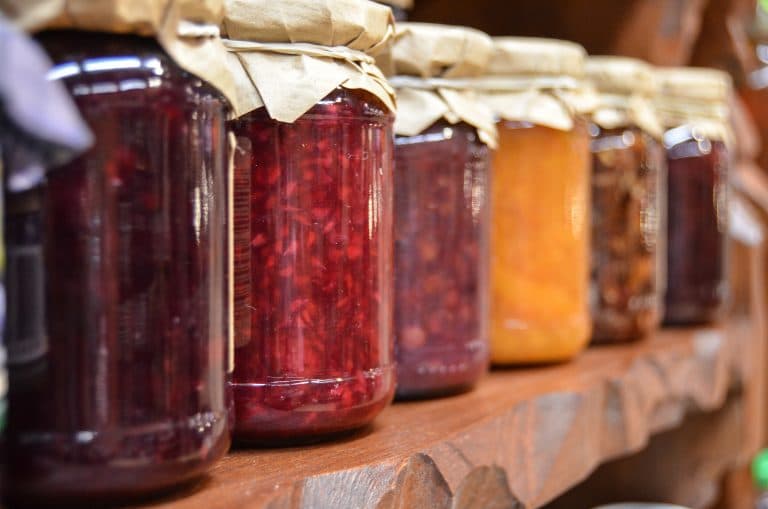
Visitors discover the territory of Tulipe, Brunette or Canailles (the oldest cows that gave its name to the farm, and Croës, it means “small” in Wallis-patois). Assisted by his mother Catherine, the 30-year-old presents his work, shows the barn and shows from outside – sanitary standards mandatory – the cheese preparation room, where the milk is placed in a copper kettle, to the old. In their shop: cheese, cold cuts, milk, eggs, jam. Everything is produced on the farm. “We are very short in the circuit: we just have to cross the courtyard,” laughs Catherine, emphasizing the authenticity of their products: “Our cheeses are AOC, they are not calibrated, have different sizes and tastes. Because if the technology is the same the cow eats different herbs. Our cheeses don’t look like the seasons, because milk does everything. Moreover, “the elders tell us:” Your cheeses have the taste of when we were little! ” reward for these breeders who practice extensive agriculture: “Our fertilizer is natural: manure. Cows eat grains, grass, hay, go to the meadow. There is no addition. They make the milk they make, they are not pushed. “An approach that tempts customers becomes more demanding and suspicious:” They often take flyers to our booth on the market and then visit us and buy them only once on the site. “The public is also invited to the farm every spring, for the Battle of the Queens, the first outing of the dairy season. A special and festive moment when these cows show their instinct of highly developed hierarchy by fighting each other for long minutes to “knit” with their hor
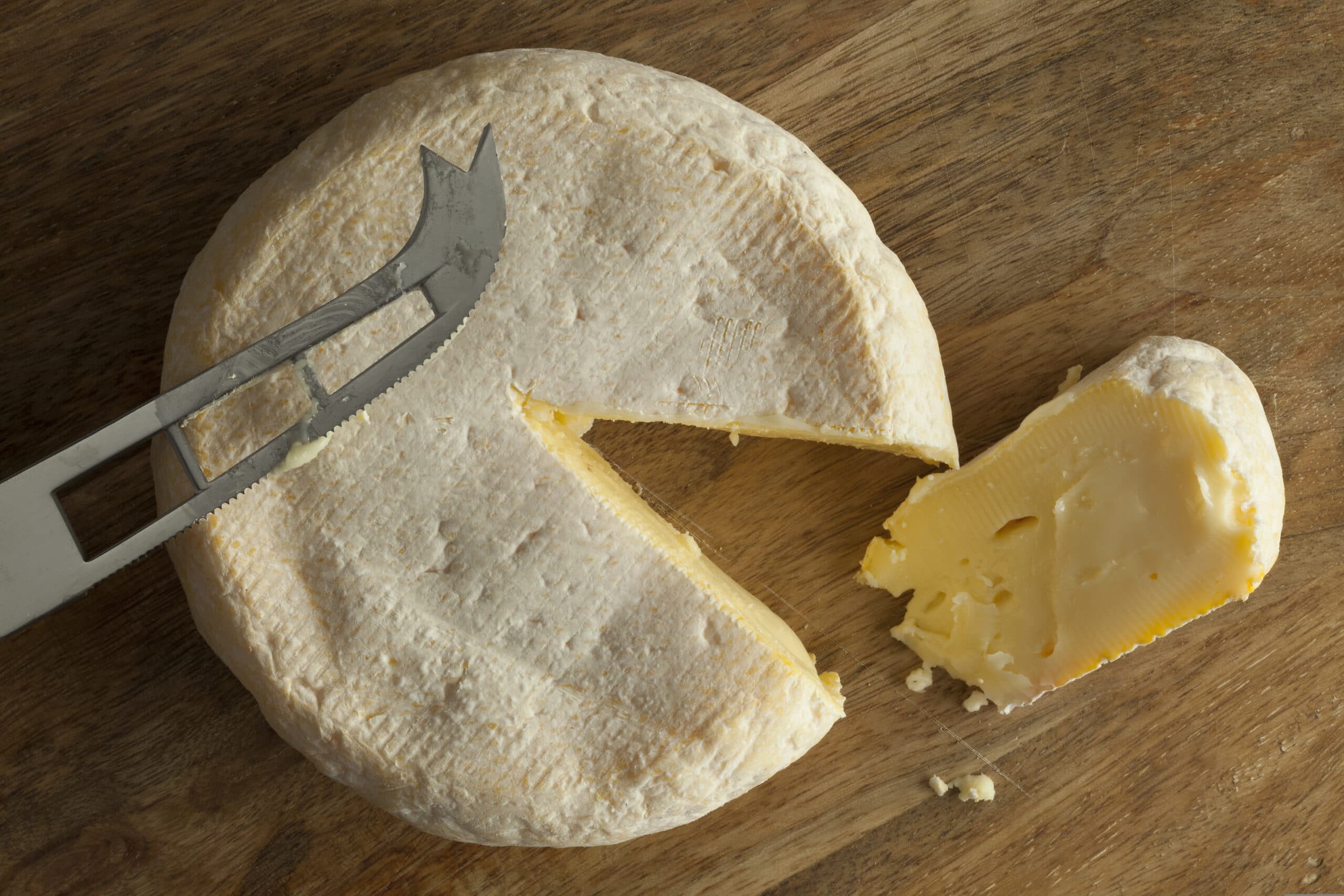
Samoëns is located in the AOP area of the famous and melting Reblochon of Savoie, thanks to the good milk supplied by the Abondance, Montbéliardes and Tarines cows. About fifteen producers from the Giffre valley – mainly from Samoens – and fifteen from the green valley supply the local dairy cooperative – La Fruitière – founded in the 1950s. Almost 600 tons of milk per year will be converted into 3500 3800 reblochons per day, refined on site in cellars. The cheeses are then sold in the classic circuits: mass distribution, dairies but also at La Fruitière, whose store also offers tommes, raclettes, farm products from members of the cooperative and other artisanal products.